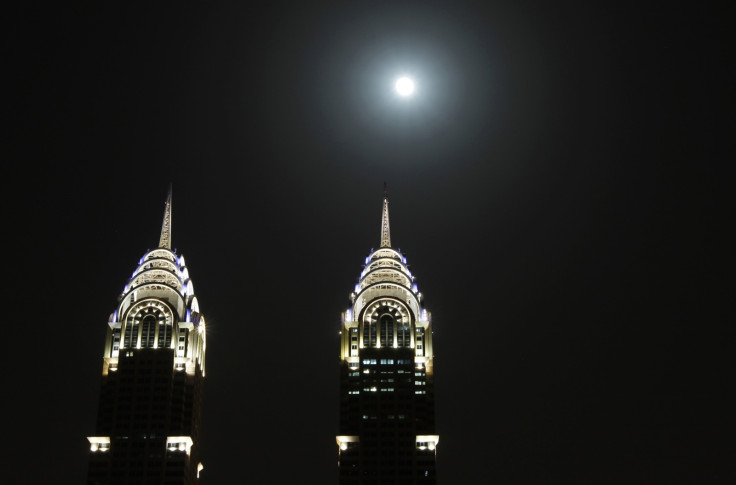January new moon 2015: Watch the first spectacular 'supermoon' of the year live in Dubai

January's new moon this week is the first of six "supermoons" which will brighten our night sky this year.
In astronomy, a new moon is the first phase of the moon, when it orbits closest to the sun in the sky as seen from Earth. Specifically, it is the instant when our moon and the sun have the same ecliptical longitude.
Although the moon is most always visible at this time – except for when it is seen in silhouette during a solar eclipse or illuminated by earthshine – the Slooh Community Telescope will host a live viewing of the moon in the spectacular Dubai night sky.
Supermoon
The moon on 20 January is also the first "supermoon" of the year, according to EarthSky, although it is not a full moon. It is the first of six which will occur over the course of 2015, the first three of which on 20 January, 18 February and 20 March are new moons.
A supermoon is the coincidence of a full moon or new moon with the closest approach the moon makes to Earth on its elliptical orbit, which results in it appearing larger and brighter.
The term supermoon – technically called perigee-syzygy of the Earth-moon-sun system– is not astronomical, but originated in modern astrology. Astrologer Richard Nolle defined the phenomenon as: "A new or full moon which occurs with the moon at or near (within 90% of) its closest approach to Earth."
Therefore, EarthSky reports, a new moon or full moon has to come within 224,834 miles of our planet in order to be classified as a supermoon. The January new moon will reach perigee – its closest point to Earth – on 21 January, when it will lie 223,473 miles from us.
Visibility
The new moon occurs at 8.14am on 20 January, according to Astronomy.com. However, at this phase, our moon crosses the sky with the Sun and so will remain hidden in its glare.
There is good news for stargazers, however. As the moon will be directly between the Earth and the Sun and therefore invisible to us, this is the best time of the month to observe faint objects such as galaxies and clusters of stars because there is no moonlight to interfere.
In a non-astronomical context, the new moon refers to the first visible crescent of our moon after conjunction with the sun. This takes place over the western horizon in a brief period between sunset and moonset, meaning that the time and date of its appearance depends entirely on the geographical location of the observer.
The first crescent marks the beginning of the month in lunar calendars such as the Muslim calendar, and in lunisolar calendars such as the Hebrew, Hindu and Buddhist calendars.
© Copyright IBTimes 2025. All rights reserved.





















